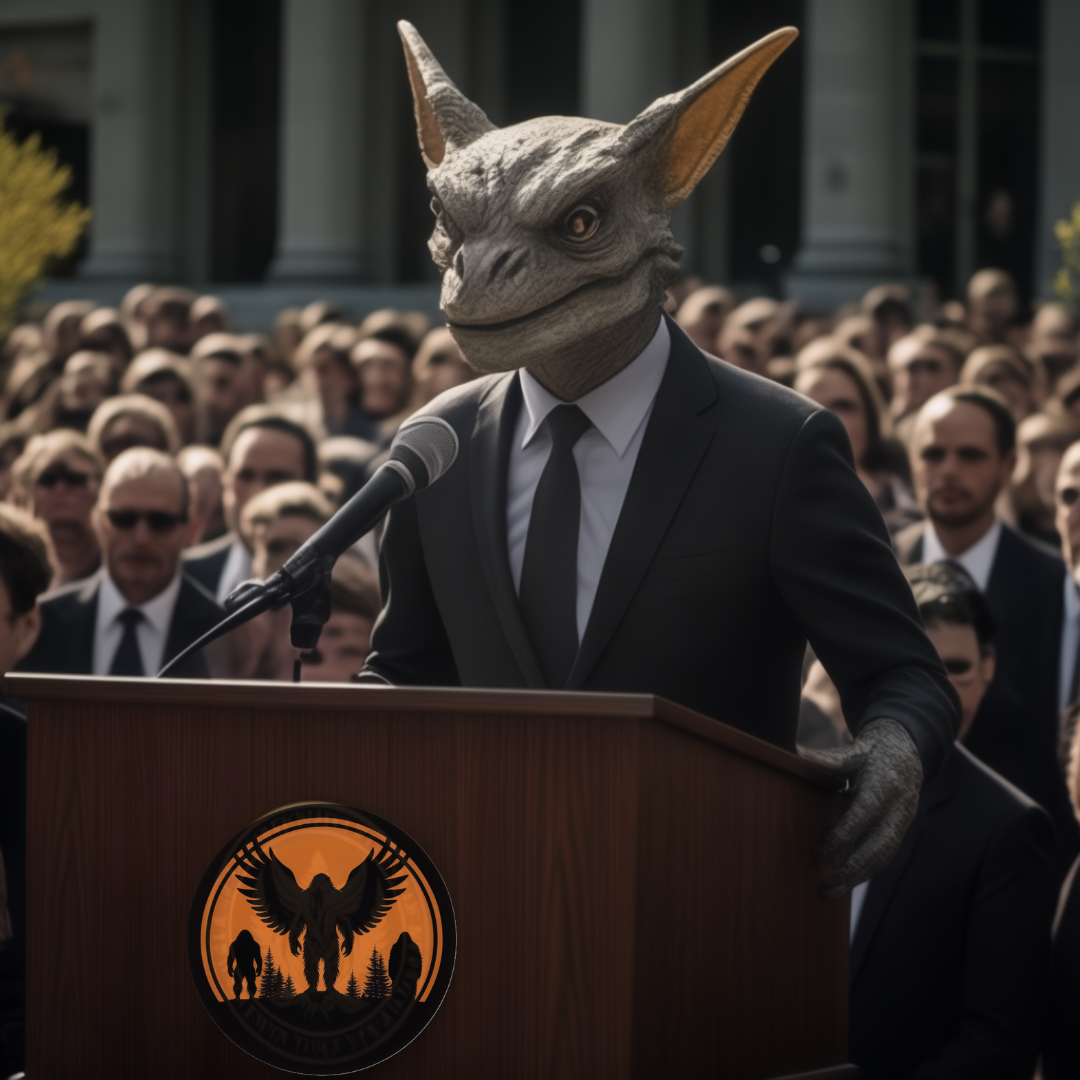BOISE – In the shadow of Boise’s urban sprawl, a startling medical case has emerged from the wilderness: a sasquatch, affectionately known as “Biggie,” has been diagnosed with type 2 diabetes. This revelation has sent ripples through the cryptozoological community and shed light on a growing health crisis among America’s most elusive inhabitants.
Biggie, known for his reclusive nature, was recently spotted by local hikers looking unusually lethargic while scavenging through dumpsters outside educational institutions and correctional facilities. The carb-laden remnants of bread, pastries, and processed snacks have become his staples, offering easy digestion but at a high cost to his health. He was coaxed into a local veterinarian’s office, where he received the shocking diagnosis.

Type 2 diabetes, a chronic condition that affects the way the body processes blood sugar (glucose), is often associated with obesity and a sedentary lifestyle. It can lead to serious health issues, including heart disease, nerve damage, kidney disease, and vision problems. In the United States, over 37 million people have diabetes, with type 2 accounting for approximately 90-95% of those cases.
The effects of this condition are not limited to humans. Reports have surfaced of other sasquatches, and even their canine counterparts known as Dogmen, exhibiting signs of poor health. Witnesses describe these creatures with noticeable bellies and shortness of breath, traits uncharacteristic of the typically robust cryptids.
The plight of Biggie and his kin is a stark reminder of the impact of human encroachment and dietary habits on wildlife. As these creatures venture closer to urban areas in search of food, they inadvertently adopt some of our worst health habits. The easy calories found in our refuse may offer immediate gratification, but the long-term consequences are proving detrimental.
Conservationists and cryptozoologists alike are calling for increased awareness and action. Proposals include creating healthier waste disposal practices and educating the public on the indirect effects their consumption has on local ecosystems and their mysterious inhabitants. Cryptids have also been advised to eat until they are full, and not out of boredom.

As for Biggie, efforts are underway to monitor his health and introduce him to a diet more in line with his species’ natural needs. It’s a challenging task, given the sasquatch’s notorious shyness and the vast wilderness they inhabit. However, the hope is that by improving Biggie’s health, we can gain a better understanding of how to protect these enigmatic creatures and ensure their survival for generations to come.
In the end, the story of Biggie is more than just a curious anecdote; it’s a cautionary tale of the interconnectedness of all life. The health of the sasquatch population mirrors our own, and it’s up to us to make choices that benefit not just ourselves but the entire web of life that surrounds us. As we strive to manage the effects of type 2 diabetes within our communities, let’s not forget the wider implications of our actions on the world’s hidden denizens.
Franklin Carson




